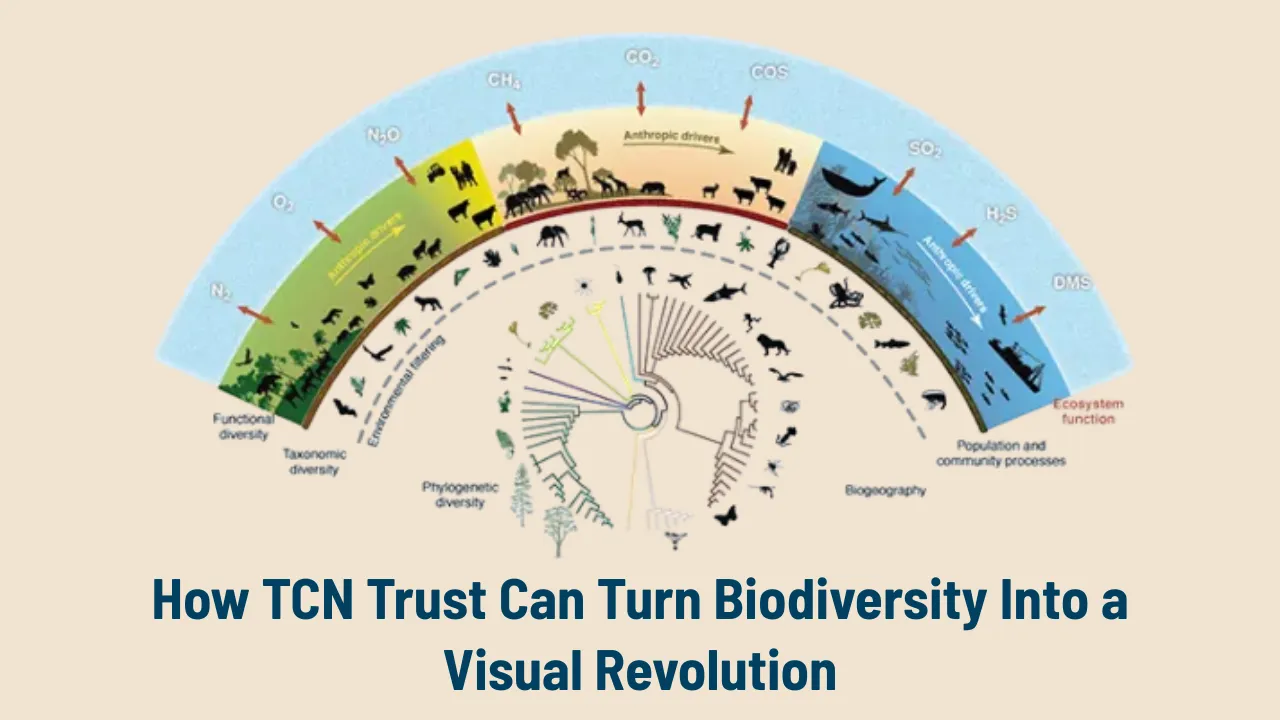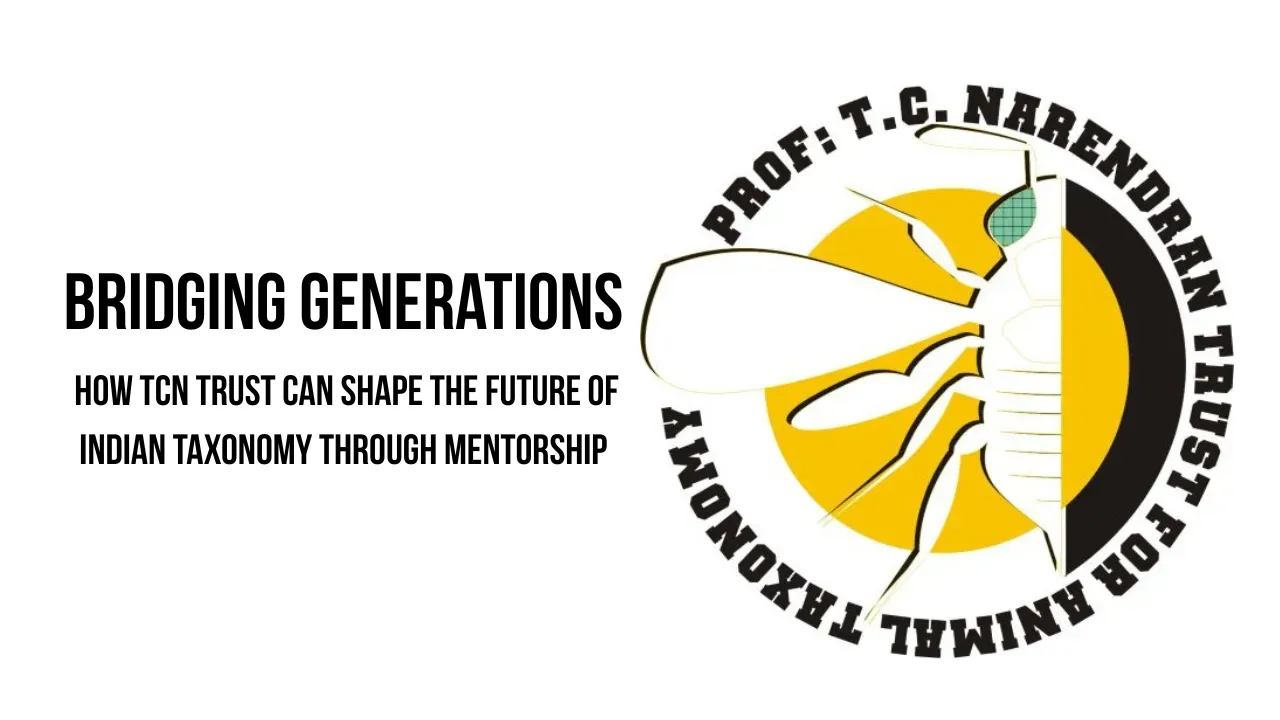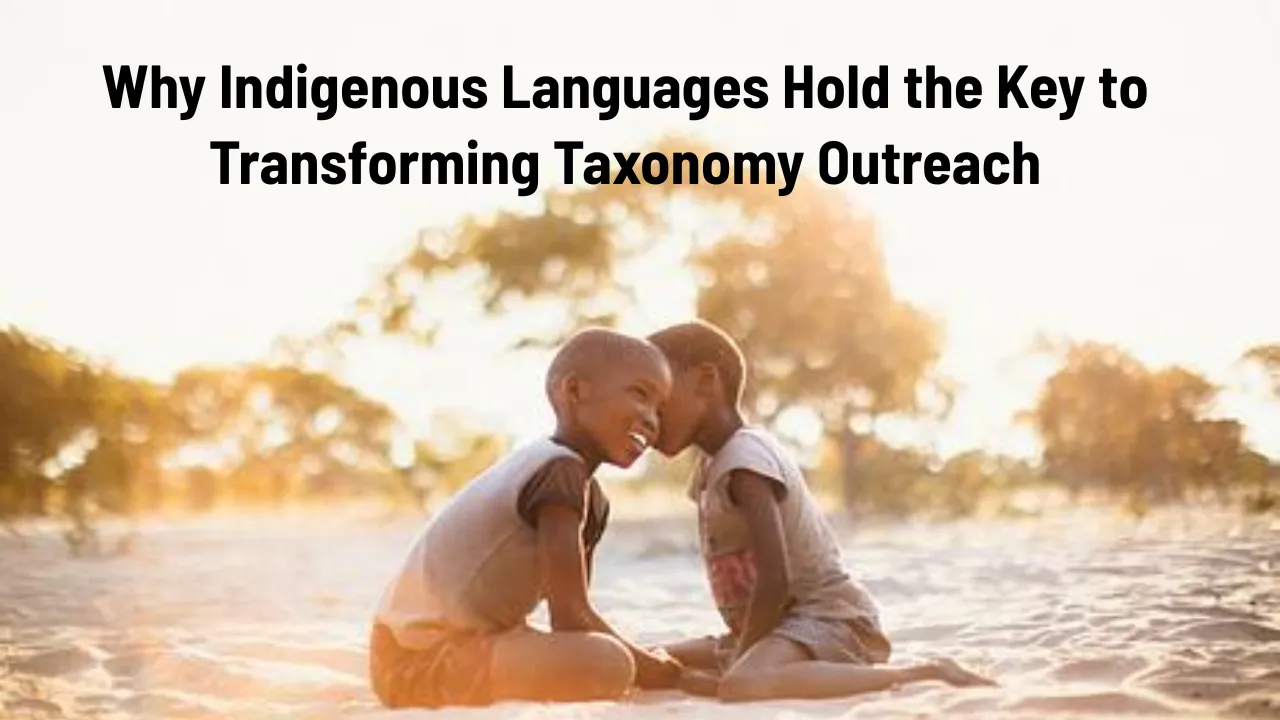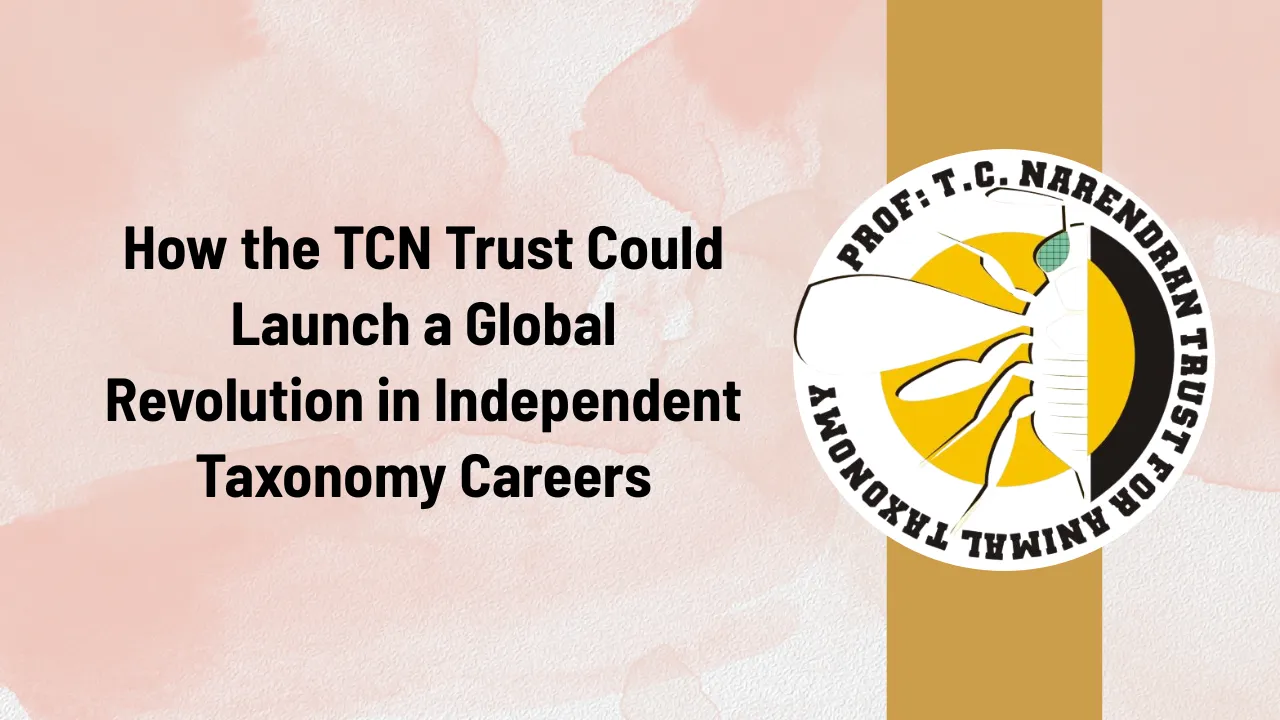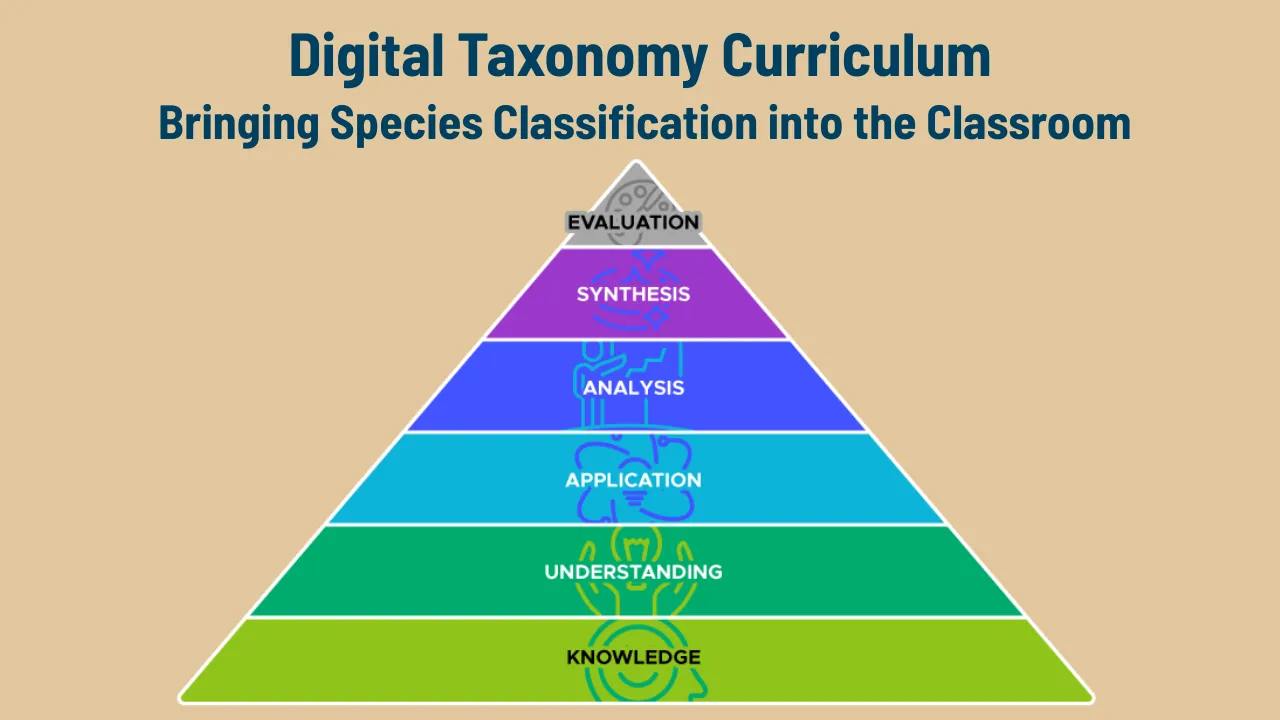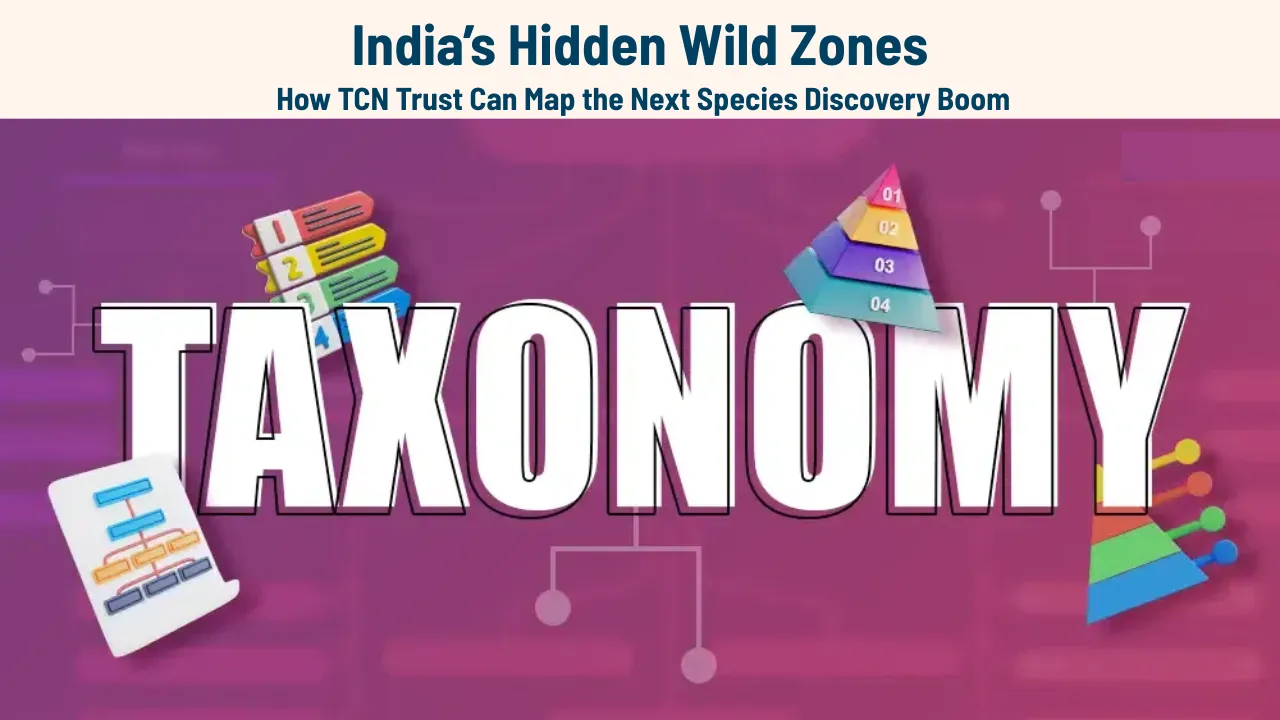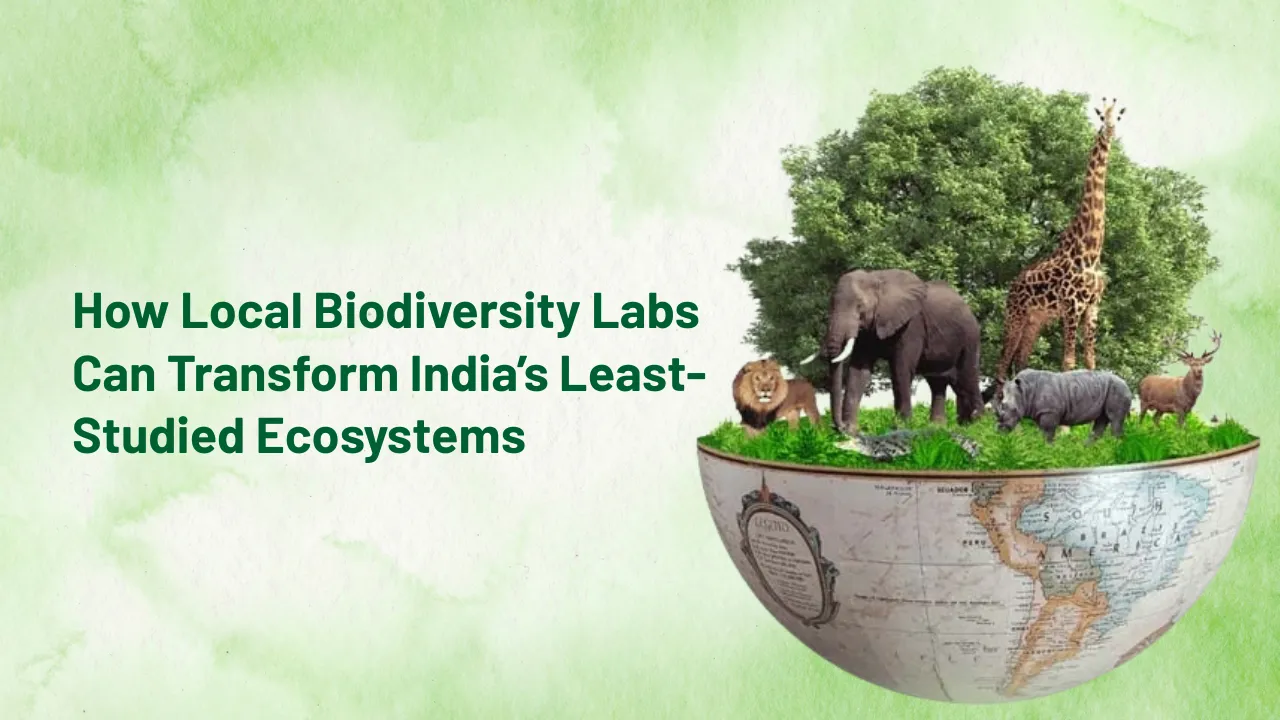TCN Trust: TCN Trust is uniquely positioned to make biodiversity more than just a scientific topic—it can make it a cultural movement. As ecosystems around the world face increasing pressure from climate change and human activity, the need to communicate conservation messages in more engaging, emotional ways is stronger than ever. Facts and figures have their place, but it’s art that truly moves people.
This article outlines how TCN Trust can integrate artistic approaches into its mission to raise biodiversity awareness. From immersive artist residencies to public exhibitions and hands-on workshops in science illustration, there’s a growing opportunity to bring creativity into the core of conservation communication. By tapping into the power of visual storytelling and cultural expression, TCN Trust can build stronger emotional connections with the public and inspire deeper action for species preservation.
Using TCN Trust to Connect Art with Conservation Goals
By incorporating art into its conservation and scientific outreach work, TCN Trust can expand its reach beyond traditional academic and policy spaces. Hosting artist residencies, running science illustration sessions, and curating exhibitions focused on animal taxonomy allows for new entry points into complex topics. These initiatives support both public engagement and eco-education while creating a more inclusive and creative environment for biodiversity discussions.
Overview of Creative Approaches to Biodiversity Awareness
| Initiative | Description |
| Artist Residencies | Invite artists to collaborate with scientists and create works inspired by local ecosystems. |
| Taxonomy Exhibitions | Curated art shows focused on the classification, beauty, and complexity of species. |
| Science Illustration Workshops | Programs teaching observational drawing and accurate depiction of flora and fauna. |
| Outdoor Installations | Public artworks that bring biodiversity themes to life in local communities. |
| Storytelling Platforms | Integrating narrative arts—poetry, fiction, film—with species conservation themes. |
Artist Residencies for Ecological Exploration
An artist residency is more than just studio time—it’s an invitation to observe, experience, and respond to nature in a meaningful way. For TCN Trust, launching artist residencies focused on ecology can yield rich dividends for both the organization and the public.
Artists working alongside taxonomists, ecologists, or field researchers can reinterpret scientific work into new mediums—be it sculpture, painting, digital art, or performance. These residencies allow creators to deeply engage with species data, fieldwork processes, and conservation narratives, resulting in unique artworks that speak to both intellect and emotion.
Such programs also foster interdisciplinary learning. Scientists learn to communicate more visually and accessibly, while artists gain insight into species behavior, taxonomy, and environmental challenges.
The Power of Science Illustration Workshops
Science illustration bridges the visual and the factual. Hosting illustration workshops can be a core offering from TCN Trust, especially for students, educators, and emerging creatives. These workshops train participants to observe with precision, sketch with accuracy, and interpret biological features through artistic lenses.
More than just drawing lessons, these workshops become tools of eco-education. Participants learn about native species, their ecological roles, and the threats they face. As illustrations are shared—whether in classrooms, exhibitions, or social media—they spread not just images but stories of biodiversity.
The end products of these workshops can also support the Trust’s outreach materials, species guides, and museum-style displays, further embedding creativity in conservation practice.
Exhibitions on Animal Taxonomy
Few topics in biology are as visually compelling—and often underappreciated—as animal taxonomy. Taxonomy isn’t just about names; it’s about understanding how life is organized and how species relate to one another. Curating art exhibitions around this theme gives TCN Trust an extraordinary opportunity to educate and inspire.
These exhibitions could feature interpretive artwork of different taxonomic groups—mammals, insects, birds, amphibians—alongside scientific context about each species’ classification and ecological niche. They can also include immersive installations or interactive media to help visitors explore biodiversity visually and intellectually.
Beyond educating visitors, these exhibitions elevate biodiversity to the cultural stage. They help reposition taxonomy from a purely scientific pursuit to a subject of public curiosity and artistic inspiration.
Benefits of Integrating Artists with Biodiversity Conservation
By actively involving artists in its programming, TCN Trust can:
- Enhance public engagement by turning scientific topics into visually appealing stories.
- Broaden community participation by attracting people who might not attend scientific talks or read technical papers.
- Support local artists and foster cultural expression tied to ecological themes.
- Create shareable content for social media and press coverage.
- Generate long-term educational resources through art-inspired materials and exhibitions.
Art helps humanize science. Through visuals and stories, people are more likely to empathize with the plight of a threatened species or understand the value of ecological balance.
Key Ways TCN Trust Can Engage Artists:
- Launch site-based residencies aligned with seasonal biodiversity research.
- Provide access to field sites and biological data for artistic interpretation.
- Host community art events that align with conservation milestones or species discovery days.
- Fund artist-led outreach programs in schools or nature parks.
- Include artist-scientist teams in fieldwork for collaborative learning.
Best Practices for Art-Science Collaboration:
- Build mutual respect between artists and scientists through clear roles and open communication.
- Set goals for both creative output and scientific accuracy.
- Document the process, not just the outcomes—behind-the-scenes insights can engage wider audiences.
- Share outcomes widely through public events, publications, and digital platforms.
- Evaluate success not only in numbers but also in impact—feedback, emotional resonance, and community response.
FAQs
Why should TCN Trust involve artists in its work?
Artists can bring emotion, accessibility, and beauty to scientific subjects, helping the public connect more deeply with biodiversity topics.
What is a science illustration workshop?
It’s a hands-on program where participants learn to observe and draw species accurately, blending art skills with scientific knowledge.
Can non-professional artists join these programs?
Yes, many residencies and workshops are open to students, educators, and community members, not just full-time artists.
How does art help explain taxonomy?
Art can simplify complex concepts, making the relationships between species clearer through visual storytelling and creative interpretation.
Will the art created be used in conservation work?
Absolutely. Artworks can be featured in educational resources, exhibitions, outreach campaigns, and digital media.
Final Thought
When science and art come together, something extraordinary happens. Facts transform into feelings. Data becomes dialogue. Through residencies, illustration workshops, and taxonomy-inspired exhibitions, TCN Trust has the chance to reshape how we communicate about nature. In doing so, the Trust can reach more hearts, inspire more minds, and ultimately, protect more life.
This isn’t just about aesthetics—it’s about impact. Art can spark conservation where words fall short. And as we face a future where every species counts, creative collaboration may be one of the most powerful tools we have.
If you believe in connecting creativity with conservation, it’s time to join the movement. Whether you’re an artist, educator, or biodiversity enthusiast, there’s a place for you in this story. Reach out to TCN Trust and be part of a new vision for how we protect the planet—together.
